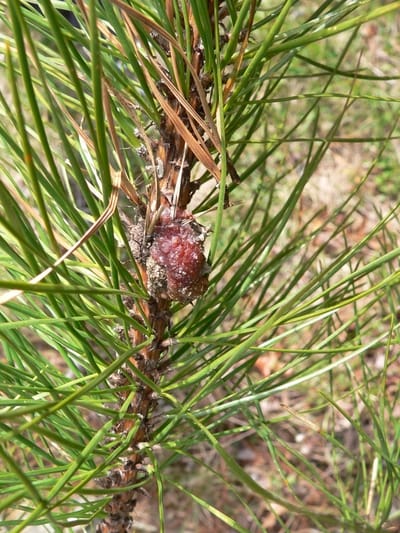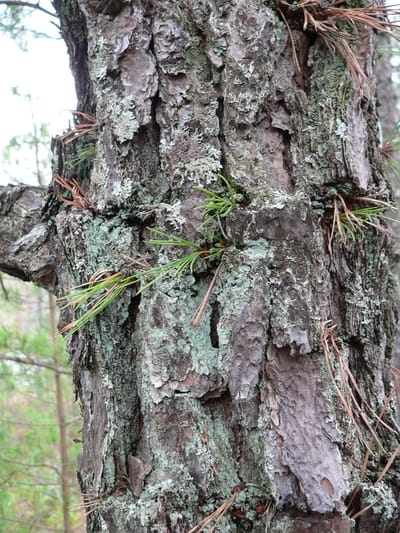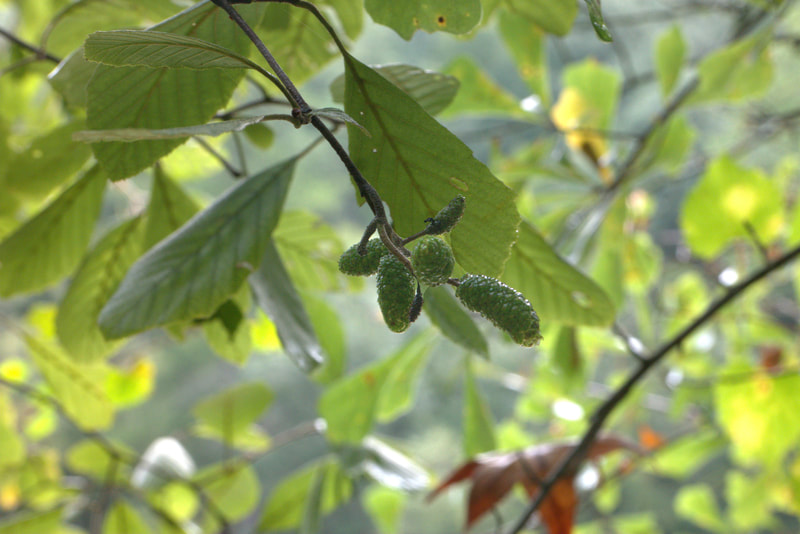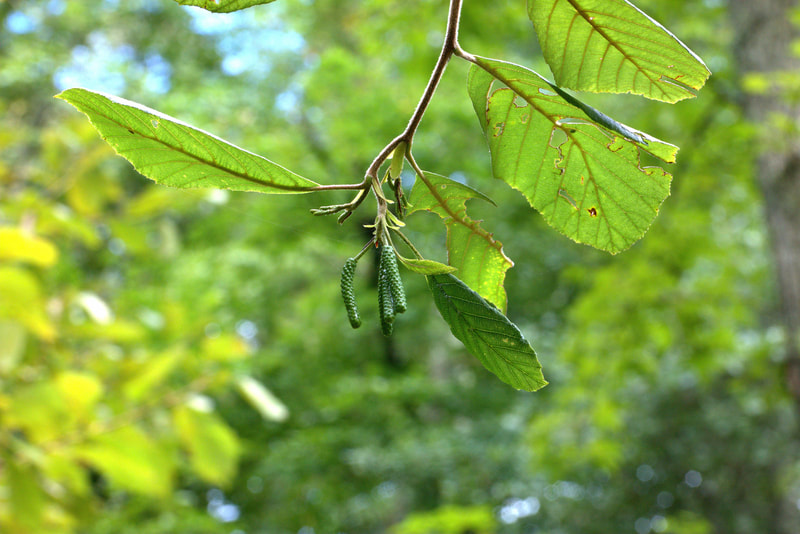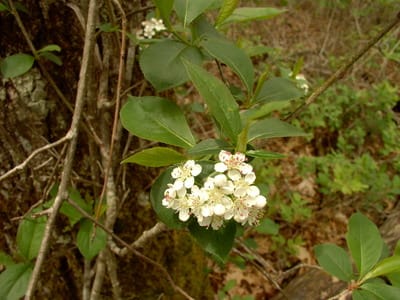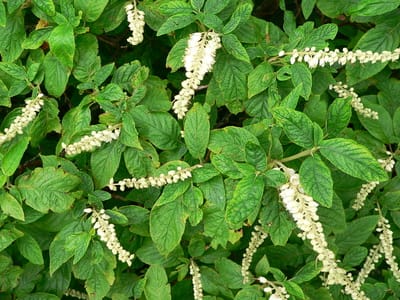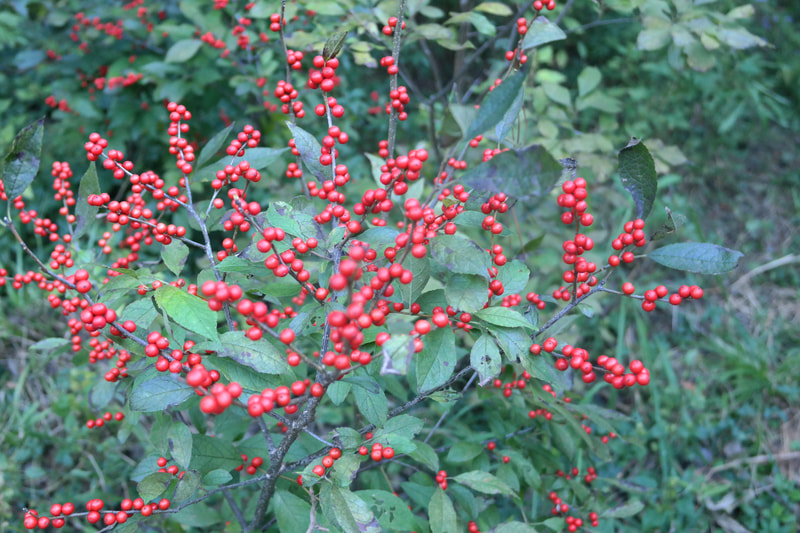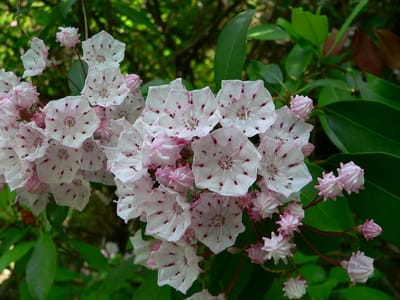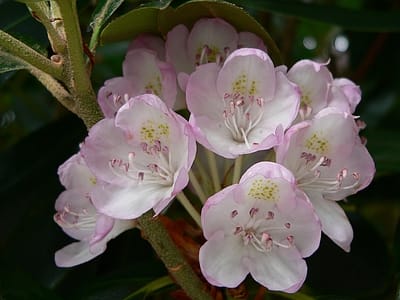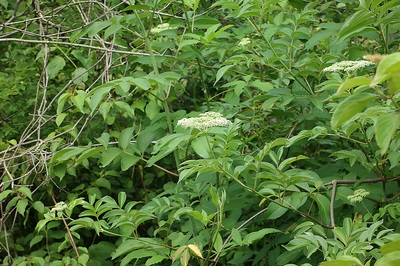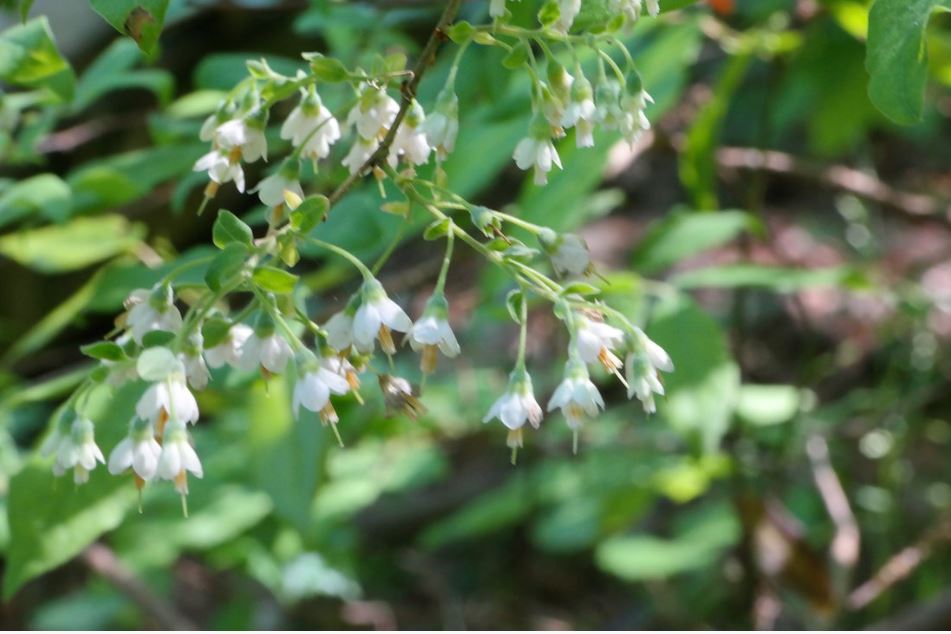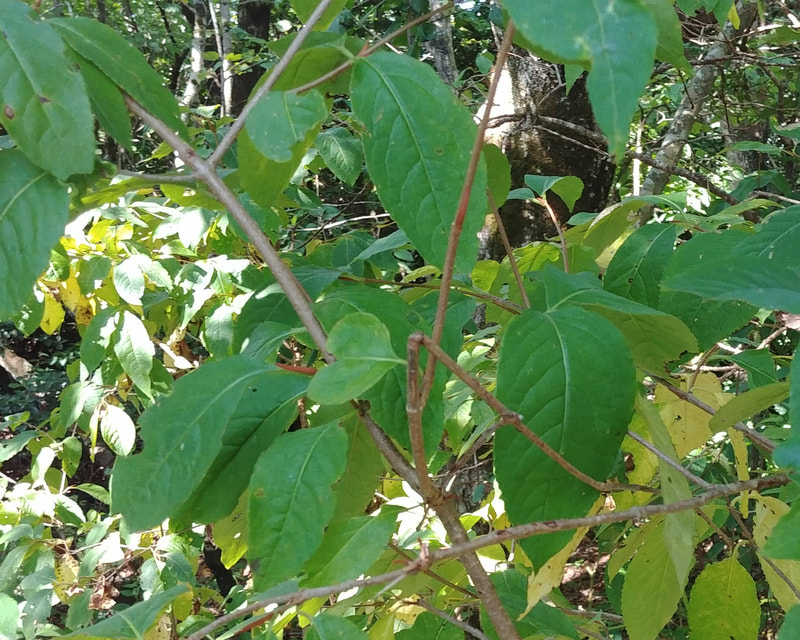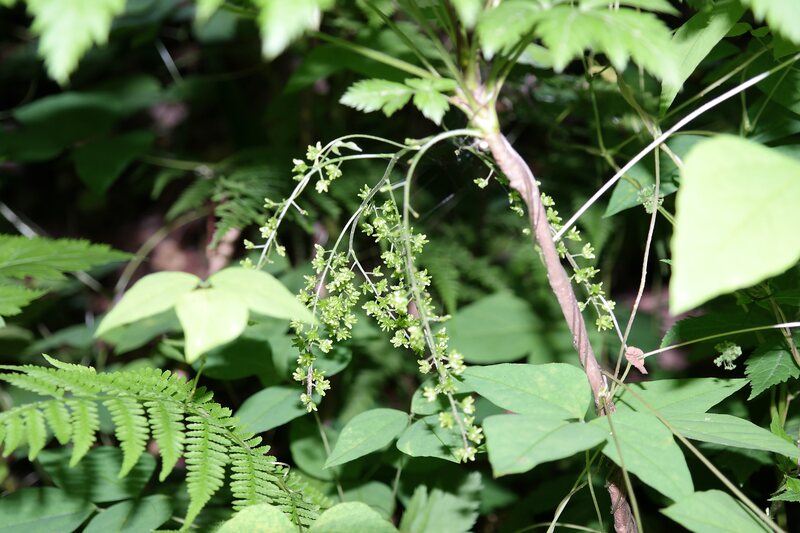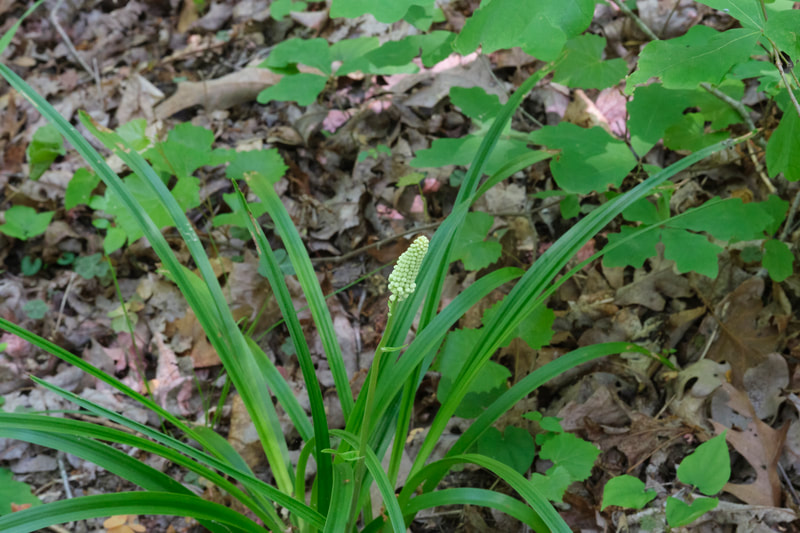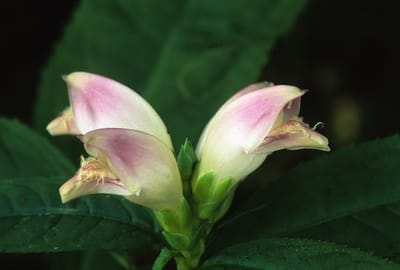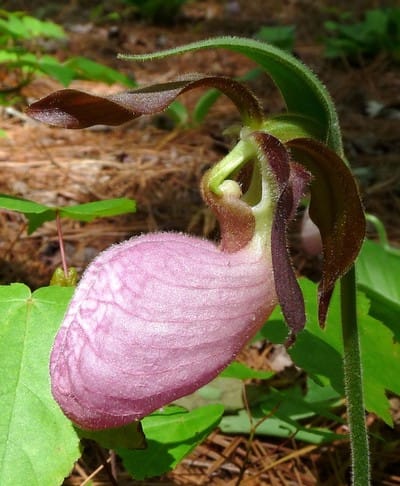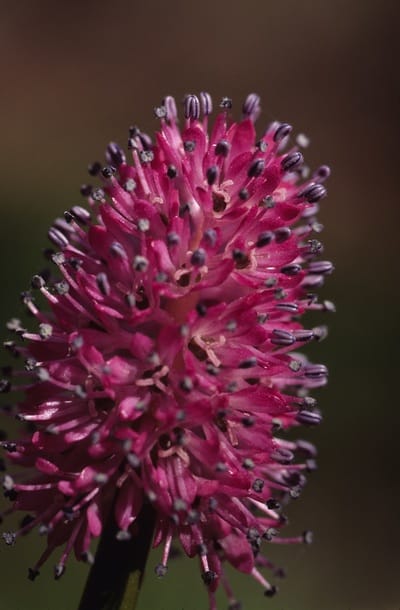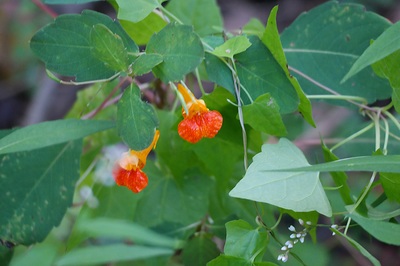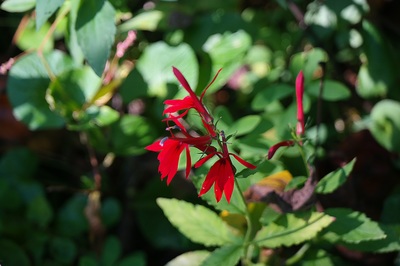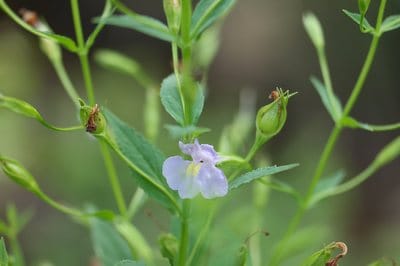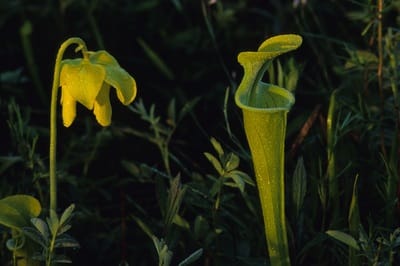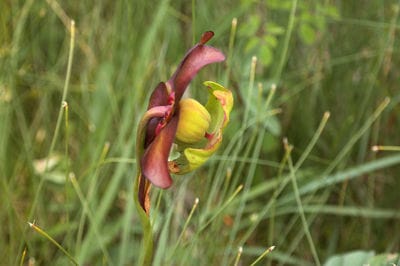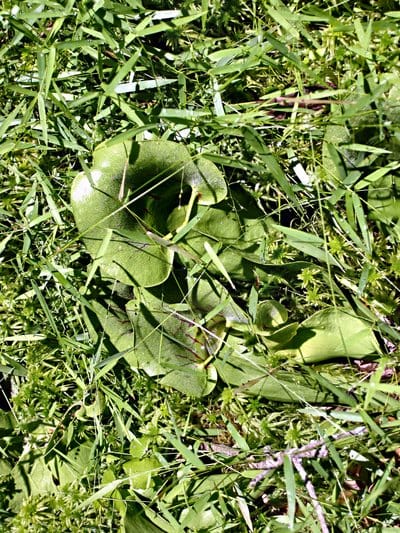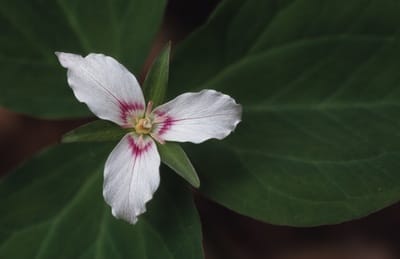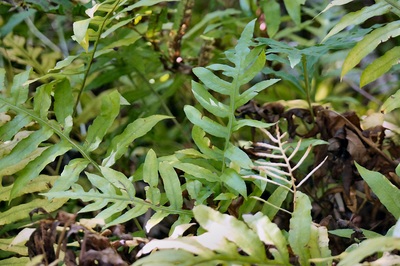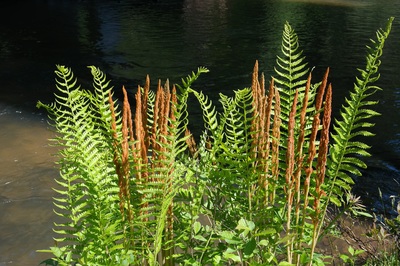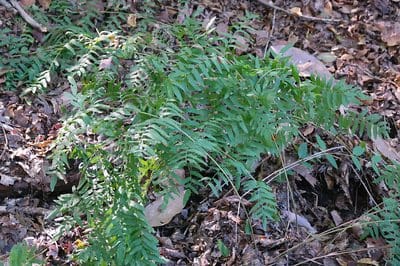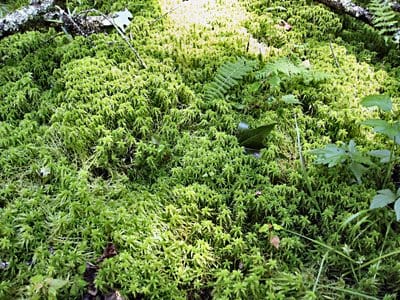Mountain Bogs
|
Mountain Bogs are open, herb and graminoid-dominated wetlands on flat, poorly drained locations with deep, peaty soils and scattered hummocks of sphagnum moss. These bogs are very rare - jewels of the mountains. In most bogs, encroaching great laurel rhododendron, tag alder, mountain laurel, and other shrubs shade out the herbaceous layer, but some special bogs have areas that are dominated by rare and beautiful forbs, grasses and sedges.
|
|
Indicator species: sphagnum moss, Carolina bog laurel, purple pitcher plant, carex crinita, swamp pink.
What's special: Mountain bogs are very rare in Georgia and are true natural community gems, with many rare and showy plants and rare animals, such as bog turtles.
Related communities: if water moves more rapidly and less sphagnum is present, mountain bogs will grade into seepage wetlands. A "seepage bog" straddles the two natural communities.
What's special: Mountain bogs are very rare in Georgia and are true natural community gems, with many rare and showy plants and rare animals, such as bog turtles.
Related communities: if water moves more rapidly and less sphagnum is present, mountain bogs will grade into seepage wetlands. A "seepage bog" straddles the two natural communities.
|
Plants
Click on a plant name to see images. The plants are listed in order by scientific name. Trees Red maple Acer rubrum Sweet gum Liquidambar styraciflua Tulip-tree Liriodendron tulipifera Black gum Nyssa sylvatica Pitch pine Pinus rigida White pine Pinus strobus Rock chestnut oak Quercus montana Shrubs Tag alder Alnus serrulata Black chokeberry Aronia melanocarpa Mountain sweet-pepperbush Clethra acuminata Bear huckleberry Gaylussacia ursina Winterberry Ilex verticillata Carolina bog myrtle/Sheep's laurel Kalmia carolina Mountain laurel Kalmia latifolia Northern maleberry Lyonia ligustrina Sweet azalea Rhododendron arborescens Great laurel Rhododendron maximum Allegheny blackberry Rubus allegheniensis Common elderberry Sambucus canadensis Smooth highbush blueberry Vaccinium corymbosum Hillside blueberry Vaccinium pallidum Northern wild raisin Viburnum cassinoides Yellowroot Xanthorhiza simplicissima (a sub-shrub) Ground layer Wildflowers Fly poison Amianthium muscitoxicum White turtlehead Chelone glabra Pink lady's-slipper Cypripedium acaule Swamp pink Helonias bullata Orange jewelweed Impatiens capensis Cardinal flower Lobelia cardinalis Indian cucumber-root Medeola virginiana Monkey-flower Mimulus ringens Small green wood orchid Platanthera clavellata Green pitcherplant Sarracenia oreophila Purple pitcherplant Sarracenia purpurea Roughleaf goldenrod Solidago patula Swamp aster Symphyotrichum puniceum Painted trillium Trillium undulatum Graminoids Sedge Carex crinita Common rush Juncus effusus Ferns Cinnamon fern Osmundastrum cinnamomeum Netted chain fern Lorinseria areolata Royal fern Osmunda spectabilis New York fern Thelypteris noveboracensis Mosses Peat mosses Sphagnum spp. |
Representative Trees (on edges)
Representative Shrubs
Representative Ground Layer Plants |

